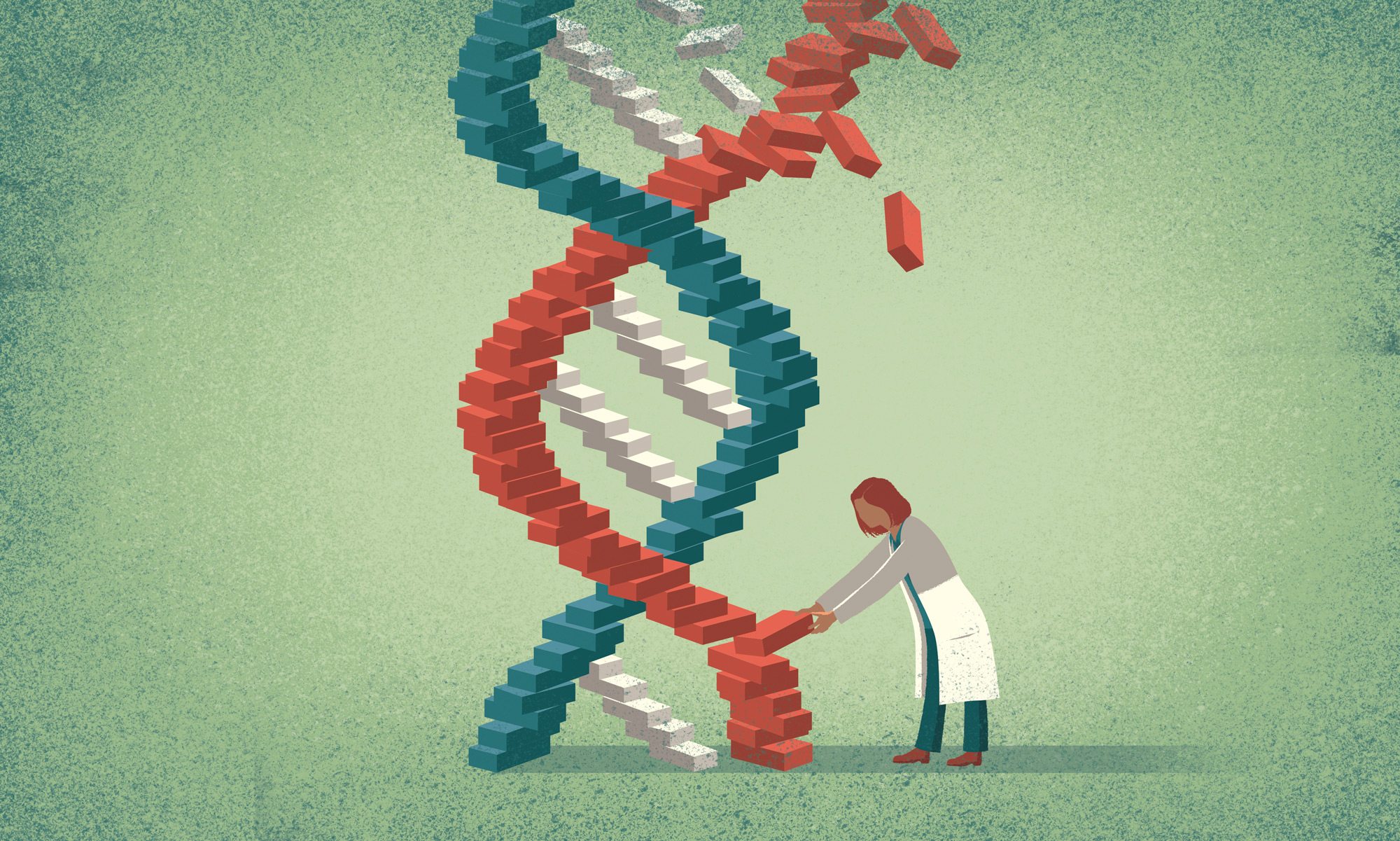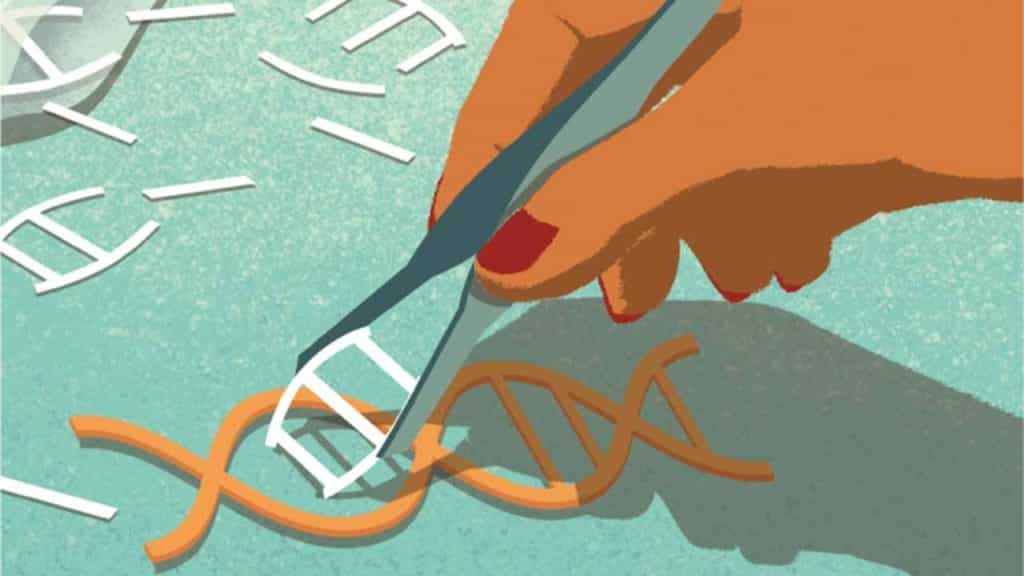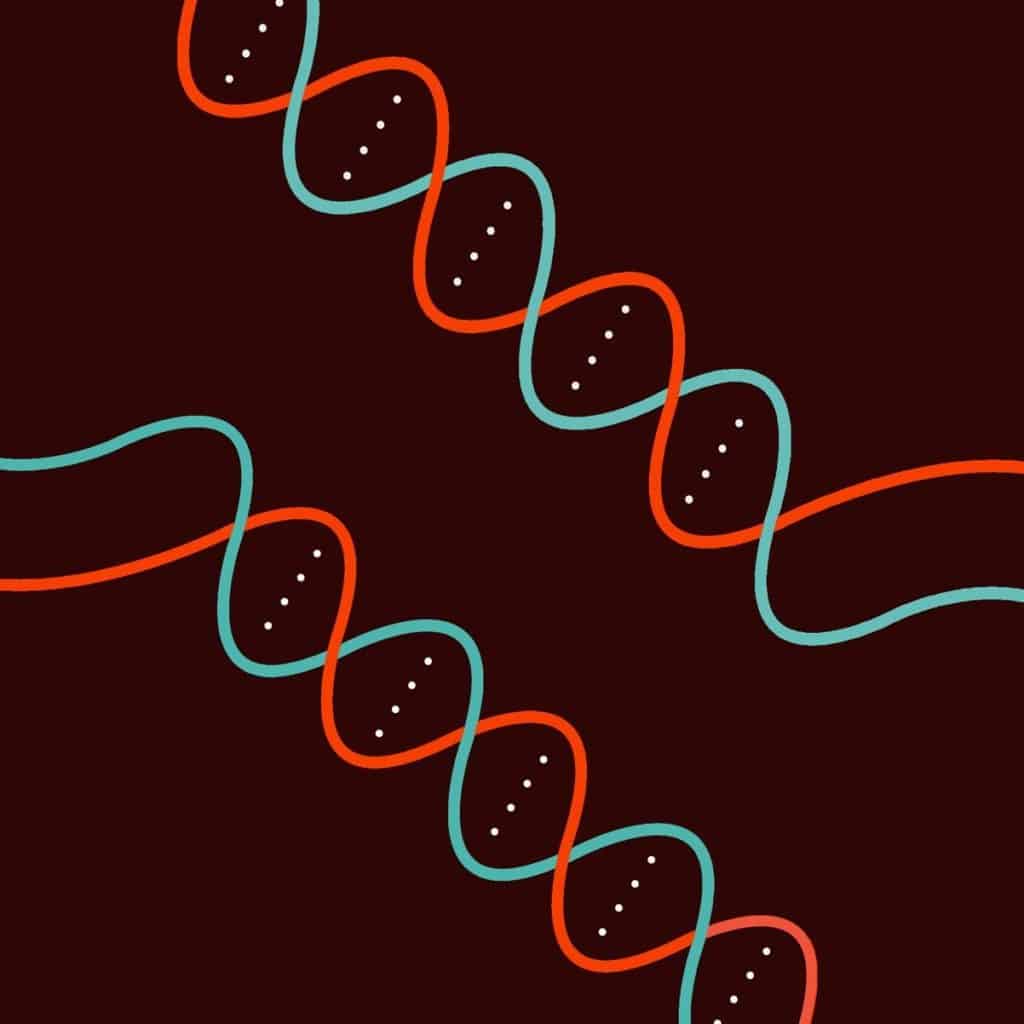Improved CRISPR Editing System Holds Promise for Huntington’s Treatment
In the last five years, biology has undergone a seismic shift as researchers around the globe have embraced a revolutionary technology called gene editing. It involves the precise cutting and pasting of DNA by specialized proteins—inspired by nature, engineered by researchers. Although it does allow researchers to make changes to the genome at specific sites with much greater ease than previous methods, it still has some frustrating limitations.
However, a Polish team is now working on perfecting this powerful gene editing tool to make it safer and more specific tha
n previously used versions, based on the results when testing it out in cellular models from a Huntington’s patient.Huntington’s disease is caused by an abnormal repetition of a certain DNA sequence in the huntingtin gene. The disease is fatal, often within 10 to 30 years, and as of now, there is no cure. It is a progressive autosomal dominant neurodegenerative disorder caused by the expansion of CAG repeats in the first exon of the huntingtin gene (HTT). Attributable to this, it’s a prime target for scientists working with technologies that edit specific parts of genetic code.
“In our study we further improve the CRISPR/Cas9 approach by using a nickase version of Cas9,” says Dr. Marta Olejniczak, group leader of the study and an associate professor at the Institute of Bioorganic Chemistry in Poland. “Because Cas9 nickases are known to be safe and specific, our approach provides an attractive treatment tool for Huntington’s disease.”
To make sure that this technique is as safe and effective as possible, Olejniczak’s group has been testing out a new variant of the Cas9 protein component in cellular models from a Huntington’s patient. This version of Cas9 was recently designed to act as a nickase- an enzyme that cuts just one DNA strand instead of two, which increases the precision with which Cas9 can edit specific sequences of DNA.
“We demonstrated that excision of the repeat tract with the use of a Cas9 nickase pair resulted in inactivation of the huntingtin gene and abrogation of toxic protein synthesis in cellular models of Huntington’s disease,” concludes Dr. Olejniczak. “Our strategy is safe and efficient, and no sequence-specific side effects were observed.”





























